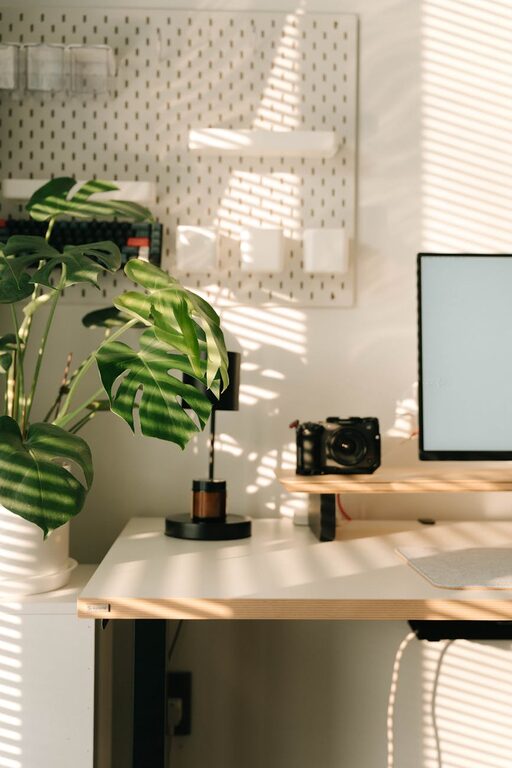Creating a workspace that supports both focus and comfort can make a significant difference in your productivity and overall well-being. Whether you work from home or in an office, the way your desk is arranged impacts how effectively you can concentrate and avoid physical strain. In this post, we’ll explore practical tips to help you design an ideal desk setup that promotes focus and keeps you comfortable throughout your workday.
Why Your Desk Setup Matters
Your desk setup is more than just furniture arrangement — it’s the foundation for how you engage with your work. A cluttered or poorly organized workspace can distract you and cause physical discomfort. On the other hand, a thoughtful setup can:
– Reduce fatigue and aches
– Minimize distractions
– Improve concentration and efficiency
– Support better posture and health
By paying attention to elements like ergonomics, organization, and lighting, you can transform your desk into a place you enjoy working at.
Ergonomics: The Cornerstone of Comfort
Ergonomics refers to designing your workspace to fit your body’s needs and reduce strain.
Chair and Desk Height
– Adjust your chair: Your feet should rest flat on the floor or on a footrest. Your knees should be roughly level with your hips.
– Desk height: Your desk should allow your forearms to be parallel to the ground when typing. If your desk is too high or low, consider an adjustable chair or desk.
Monitor Placement
– Eye level: Position your monitor so the top of the screen is at or just below eye level. This helps avoid neck strain.
– Distance: Keep the screen about an arm’s length away. You shouldn’t have to lean forward or squint.
Keyboard and Mouse
– Keep your keyboard and mouse close enough to avoid stretching your arms.
– Your wrists should be straight and relaxed. Consider using a wrist rest if needed.
Organizing for Focus
A tidy, well-organized desk helps you find what you need and reduces distractions.
Declutter
– Remove unnecessary items. Keep only essentials on your desk.
– Store seldom-used items in drawers or shelves.
Use Desk Organizers
– Try trays, pen holders, and cable clips to keep things orderly.
– Use file holders or binders to organize papers and documents.
Keep Digital Organization in Mind
– Have a system for your computer files to avoid digital clutter.
– Close tabs or apps you don’t need while working.
Lighting for Productivity
Good lighting reduces eye strain and improves mood.
– Use natural light when possible by placing your desk near a window.
– Add task lighting like a desk lamp with adjustable brightness and color temperature.
– Avoid glare on your screen by positioning lights so they don’t reflect.
Add Personal Touches
Adding elements you enjoy can increase comfort and motivation.
– Include a plant or two for a calming effect.
– Use colors you find soothing or energizing in your desk accessories.
– Display a photo or artwork to inspire creativity.
Take Breaks and Stretch
Even the best desk setup can’t replace the need for regular movement.
– Stand up and stretch every 30-60 minutes.
– Consider using a sit-stand desk to alternate between sitting and standing.
Maintain Your Workspace
Keep your ideal setup effective by regularly reviewing and adjusting it.
– Tidy your desk at the end of each day.
– Reassess your chair, desk, and monitor settings every few months.
– Update organization systems as your needs change.
Summary
A well-designed desk setup supports both focus and comfort by combining ergonomic principles, organization, proper lighting, and personalized touches. With these tips, you can create a workspace that helps you stay productive and comfortable throughout your day. Remember, small changes can make a big difference in how you feel and work!

